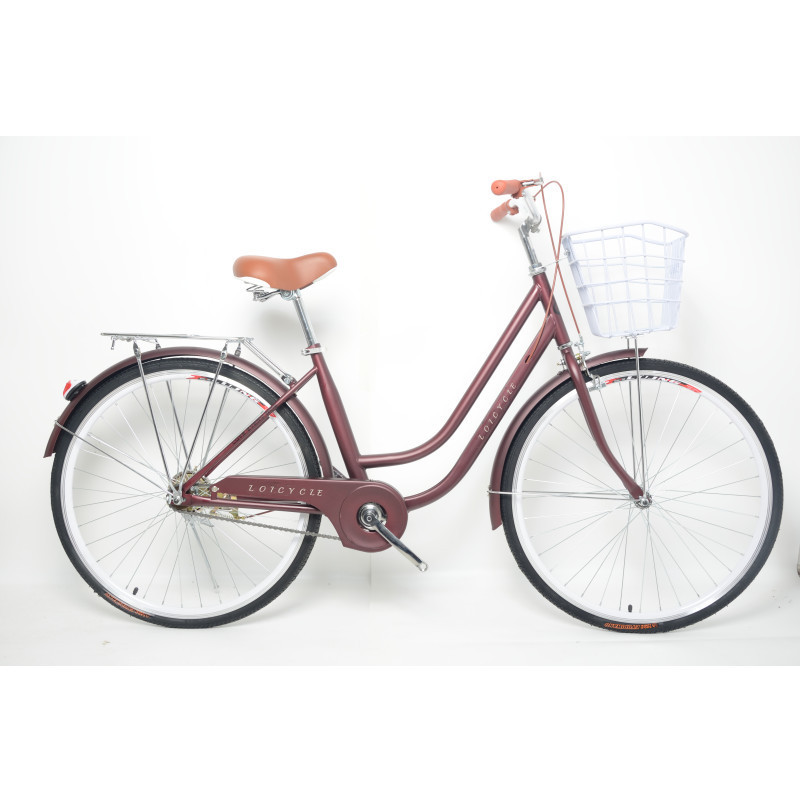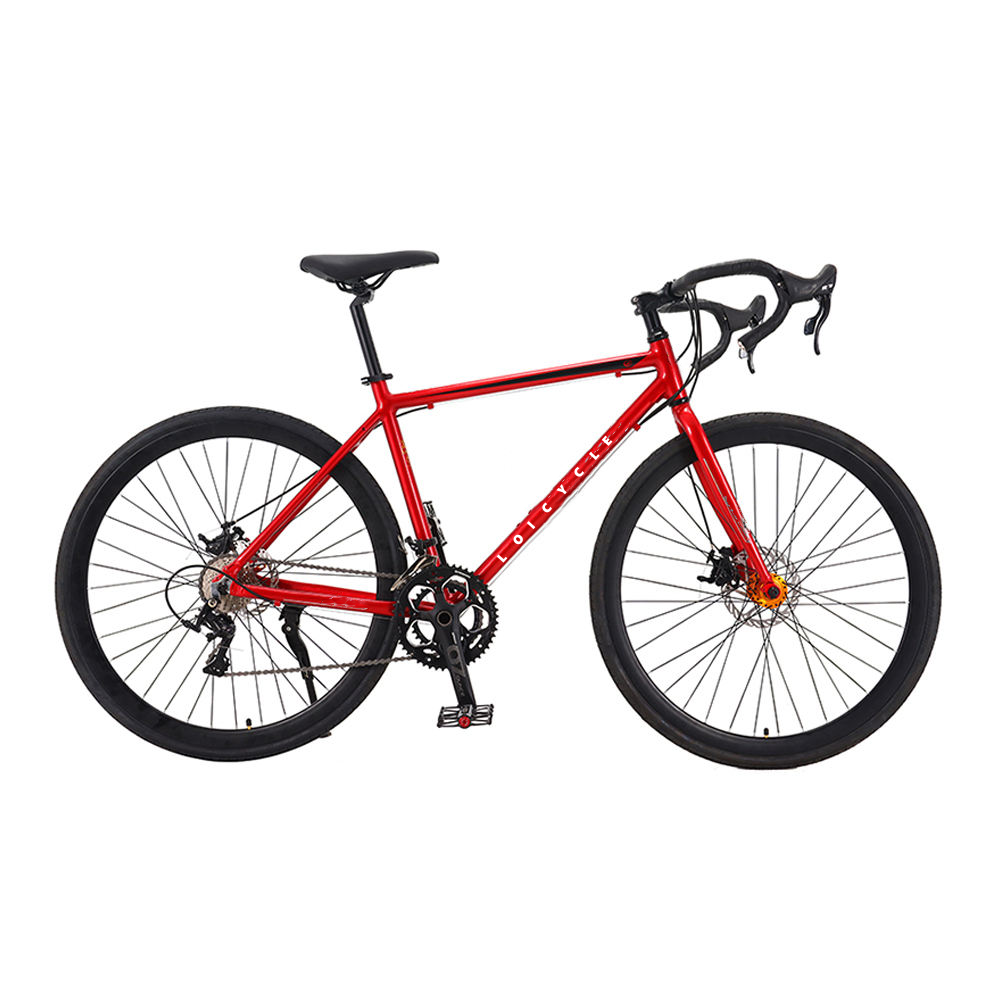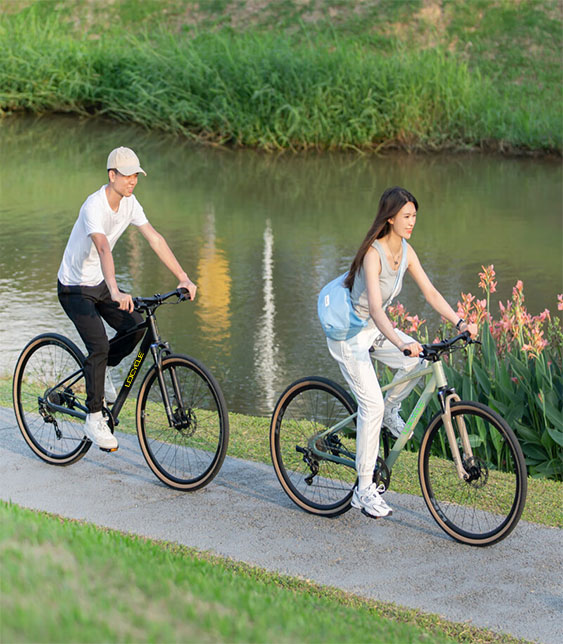When it comes to cycling, choosing the right type of bike can significantly impact your riding experience. City bikes and road bikes are two popular choices, each designed with specific features to cater to distinct cycling needs. In this article, we will explore the fundamental differences between city bikes and road bikes, helping you make an informed decision when selecting your next ride.


1. **Design and Purpose**
– **City Bikes:** City bikes, also known as commuter bikes or urban bikes, are built for practicality and comfort. They are designed with an upright riding position, allowing riders to have a clear view of their surroundings. City bikes often come with built-in features such as fenders, racks, and lights, making them ideal for daily commuting, running errands, and leisurely rides around the city.
– **Road Bikes:** Road bikes, on the other hand, are engineered for speed and efficiency. They have a lightweight frame and thin tires, reducing rolling resistance and allowing cyclists to achieve higher speeds. Road bikes feature a more aggressive riding position, with lower handlebars, enabling riders to maximize their aerodynamics. These bikes are perfect for long-distance rides, competitive racing, and fitness training.
2. **Frame and Geometry**
– **City Bikes:** City bike frames are typically made of steel or aluminum, providing durability and stability. They have a relaxed geometry with a sloping top tube, making it easy for riders to mount and dismount. The wide, cushioned saddles enhance comfort during short trips and daily commutes.
– **Road Bikes:** Road bike frames are often constructed from lightweight materials such as carbon fiber, aluminum, or titanium. They have a more aggressive geometry with a horizontal top tube, promoting a forward-leaning posture. This aerodynamic position minimizes wind resistance and allows for efficient energy transfer, making road bikes the preferred choice for long rides and racing.
3. **Gearing and Tires**
– **City Bikes:** City bikes usually have a simple gear system, often with internal hub gears or a basic derailleur setup. The tires are wider and have more tread, providing better stability and traction on varied surfaces like city streets and uneven roads.
– **Road Bikes:** Road bikes come with a wide range of gears, allowing cyclists to tackle various terrains, including steep hills and flat roads. The tires are narrow and smooth, reducing rolling resistance and enhancing speed. Road bike tires are typically inflated to a higher pressure, further improving efficiency.
4. **Brakes**
– **City Bikes:** City bikes commonly feature reliable and low-maintenance coaster brakes or disc brakes. These brake systems offer consistent stopping power and are suitable for urban cycling where frequent stops are necessary.
– **Road Bikes:** Road bikes are equipped with powerful caliper brakes or disc brakes, providing precise and responsive braking. These brakes are essential for high-speed descents and sudden stops during road racing or group rides.
Conclusion
Choosing between a city bike and a road bike ultimately depends on your cycling goals and preferences. If you prioritize comfort, practicality, and the ability to navigate city streets effortlessly, a city bike might be the perfect choice for you. On the other hand, if you need speed, enjoy long rides, or have aspirations for competitive cycling, a road bike could be your ideal companion. Understanding these fundamental differences will empower you to make an educated decision, ensuring that your next cycling adventure is both enjoyable and fulfilling.
We hope you found this bike guide helpful and informative. At Loicycle, our goal is to produce high-quality high-performance mountain bicycles city bicycles, and road ikes. To learn more about the high-performance, custom-sized bikes we build, visit our homepage! https://www.loicycle.com/


